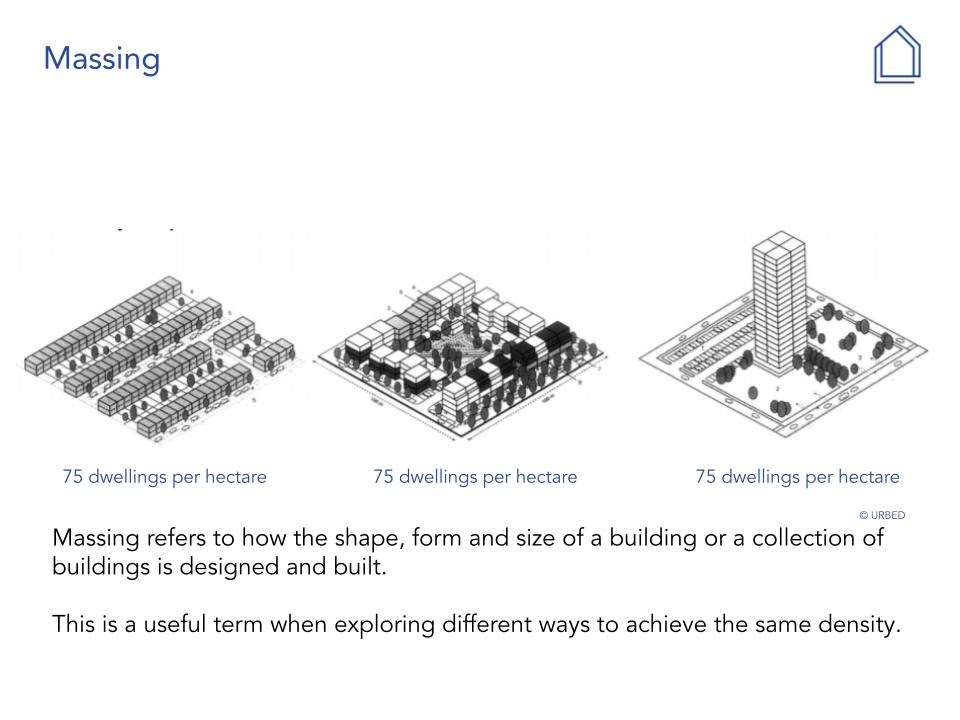Written by:
On 24 June, The Glass-House ran a workshop on the principles and vocabulary of urban design for the London Forum of Amenity and Civic Societies (LFACS). We had been approached by LFACS to help them build the confidence to play an active role in shaping emerging Design Codes in their area, in response to the National Model Design Code recently published for consultation by the Ministry of Housing, Communities & Local Government.
One of the things that had struck LFACS immediately about the Model Design Code and associated guidance was that it relied heavily on urban design vocabulary, with which some of their membership did not feel comfortable. What they wanted from The Glass-House was a crash course in urban design in order to develop a shared basic understanding of the key elements that would help them engage meaningfully in the design code conversation.
Our challenge was to try to squeeze what we normally do as a two-day intensive in-person training programme into a two-hour online session. Of course there was only so much we could squeeze into that space, but we were able to instill some of the basics, and to create a safe space to ask questions and explore concepts. Above all, it was a space to reassure those participating that they intrinsically hold invaluable lived knowledge of how their local places are configured, what is special about them and which areas would benefit from a change, all of which is essential to good urban design and ultimately to developing robust local design codes.
One of our key areas of discussion focused on density and massing, which illustrated that the same densities can be achieved with different approaches to the height and configuration of buildings within an area. This was a bit of a light bulb moment for many, and gave them the confidence to explore different ways to achieve growth and development, not as a knee-jerk reaction against change, but as people who are able to engage in an informed conversation about options.
It was great to see how through discussion, and unlocking their collective knowledge and experience, their confidence grew. However, as one participant put it, the training we did was really helpful and empowering for them, but what about everyone else?
It is perhaps worth noting that those attending the workshop regularly engage with planning policy and with site-specific schemes in their area. These are engaged residents, whom some might dismissively refer to as “the usual suspects”. What became clear to all of us is that with the right training and support, they could potentially play an invaluable role as urban design champions and interpreters to help engage their wider community in the creation of local design codes.
The workshop was also a space for The Glass-House to learn more about the challenges that communities face in engaging with planning and placemaking professionals. After the workshop, one participant shared a story about witnessing a planning officer being asked what the word “mass” meant. She said that the officer had been completely unable to reply and just said “mass means mass” and the developer’s team just laughed. It would not have been difficult for them to offer a simple definition within the context of the scheme under discussion.

We are all guilty of using certain jargon and references, whether linked to our experiences, profession, our cultural background, our family traditions or social circles. If we are to take tangible steps towards collaborative placemaking, our first step must be to break down the linguistic barriers that divide us and find a common language. There is also something else at play here, which is about respect, empathy, and above all empowering people to work with you, rather than against you.
As we embark on the new adventure that the implementation of design codes brings, let’s take the time to support, empower and celebrate those members of our community who could be the community enablers of collaborative placemaking that we all need.
You can view more of Sophia’s blogs here.

